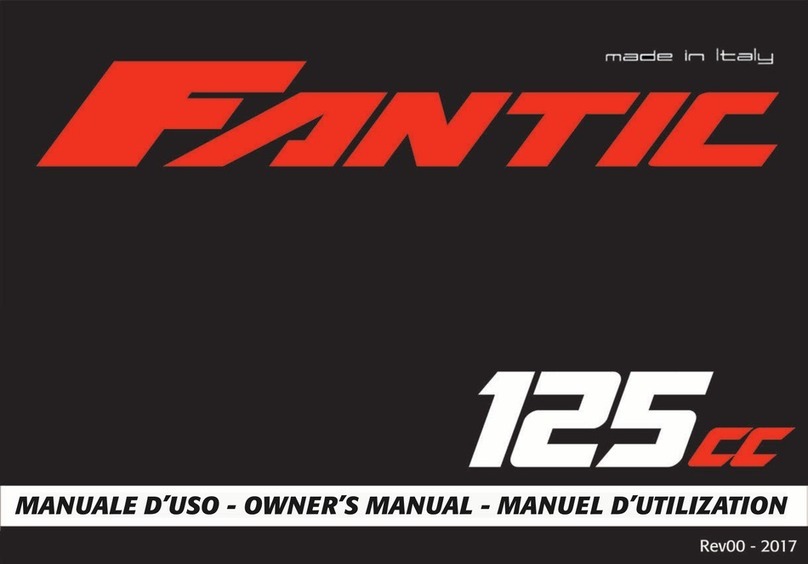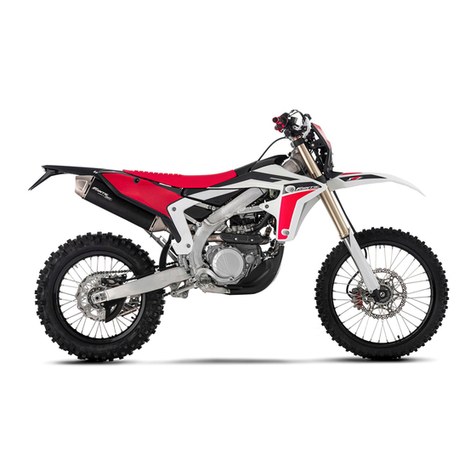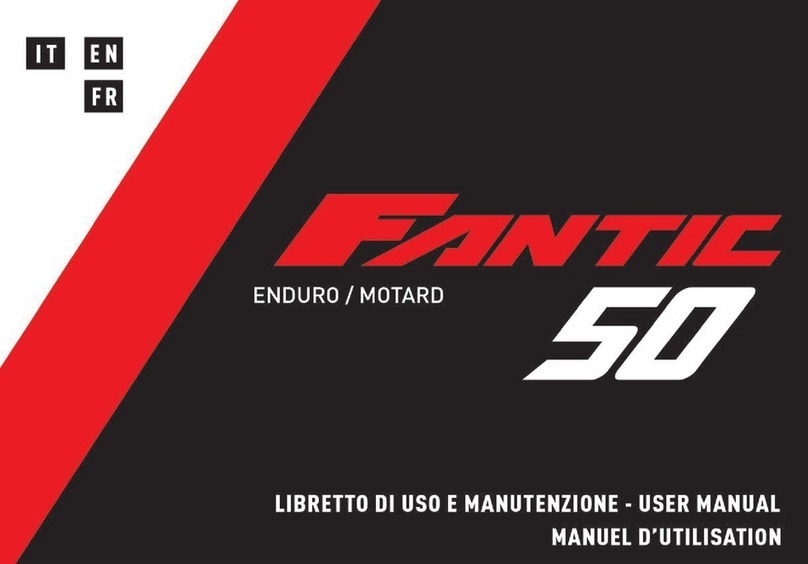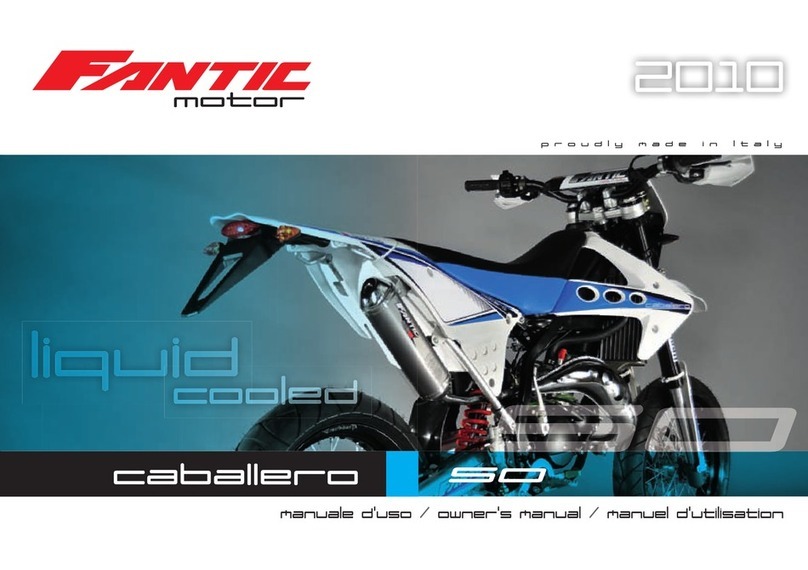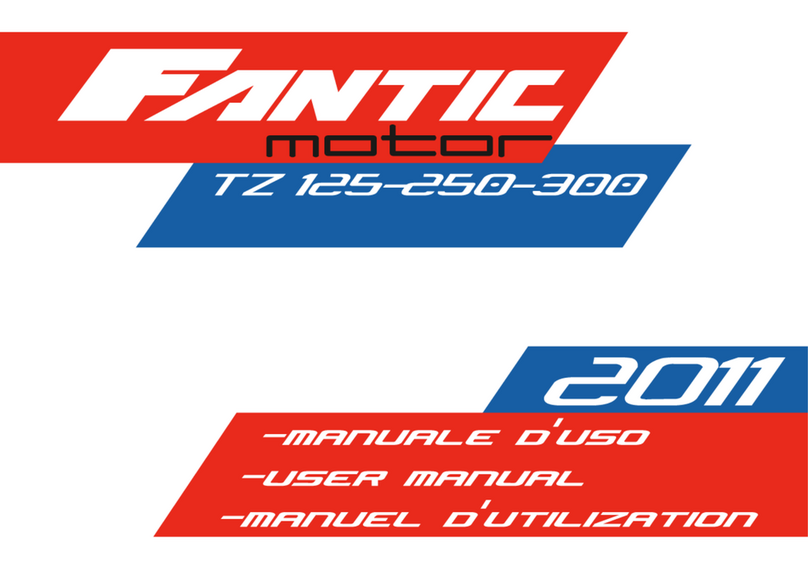
WORKSHOP MANUAL
TL 250
CONTENTS
SAFETY
RULES
18.5.20 Inspect the clutch spring
18.5.21 Inspect the clutch disc
18.5.22 Inspect the clutch basket
18.5.23 Inspect the drive gear
18.5.24 Inspect the freewheel
18.5.25 Inspect the primary starter gear
18.5.26 Inspect the oil pump on the right side of the engine case
18.5.27 Inspect the starter motor and step gear
18.5.28 Inspect the gearshift
18.5.29 Assemble the kickstarter spindle
18.5.30 Assemble the step gear
18.5.31 Assemble the gearshift
18.5.32 Assemble the oil pump on the right side of the engine case
18.5.33 Assemble the freewheel
18.5.34 Install the primary gear and freewheel
18.5.35 Install the drive gear
18.5.36 Install the clutch
18.5.37 Assemble the starter motor
18.5.38 Install the crankcase cover on the right side
18.6 Generator, crankshaft balancing and driven gear
13.6.1 Remove the crankcase cover on the left side
18.6.2 Remove the generator stator
18.6.3 Remove the generator rotor
18.6.4 Remove the balancer drive gear and driven gear
18.6.5 Remove the oil pump on the left side
18.6.6 Inspect the crankcase cover on the left side
18.6.7 Inspect the generator rotor and stator
18.6.8 Inspect the balancer drive gear and driven gear
18.6.9 Inspect the left side oil pump
18.6.10 Install the left side oil pump
18.6.11 Install the balancer drive gear and driven gear
18.6.12 Install the generator rotor
18.6.13 Install the generator stator
18.6.14 Install the crankcase cover on the left side
18.7 Crankcase, crankshaft, gearbox and balancer shaft
18.7.1 Removing the crankcase
18.7.2 Remove the crankshaft, balancer shaft, mainshaft and countershaft
18.7.3 Inspect the crankshaft
18.7.4 Inspect the bearings on the crankcase left and right sides
18.7.5 Inspect the shift fork, fork shaft and shift drum
18.7.6 Inspect the mainshaft assembly and countershaft assembly
18.7.8 Assemble the gearbox, crankshaft and balancer shaft
19 Injection maintenance chart
19.1 Injection maintenance chart
19.2 Carburettor mainteinance chart
118
119
119
120
120
120
120
121
121
121
121
121
121
121
121
122
122
122
122
122
123
123
123
124
124
124
124
124
125
125
125
125
126
126
126
126
126
126
126
126
128
129
129
129
131
131
134






